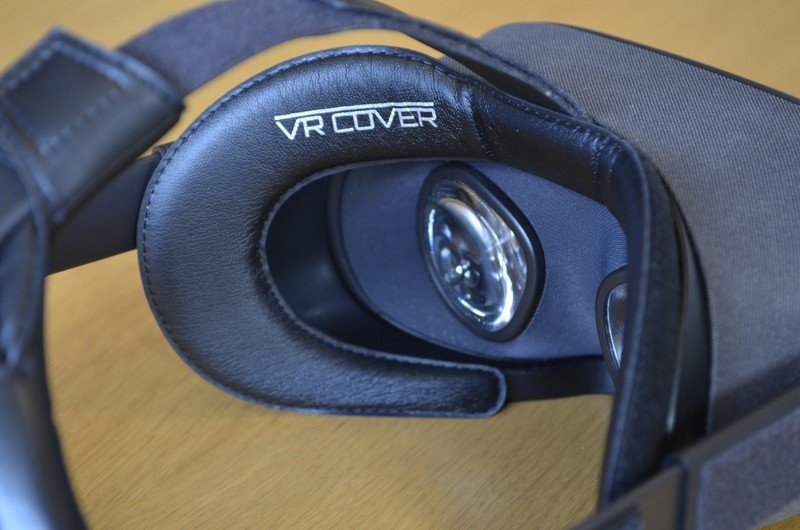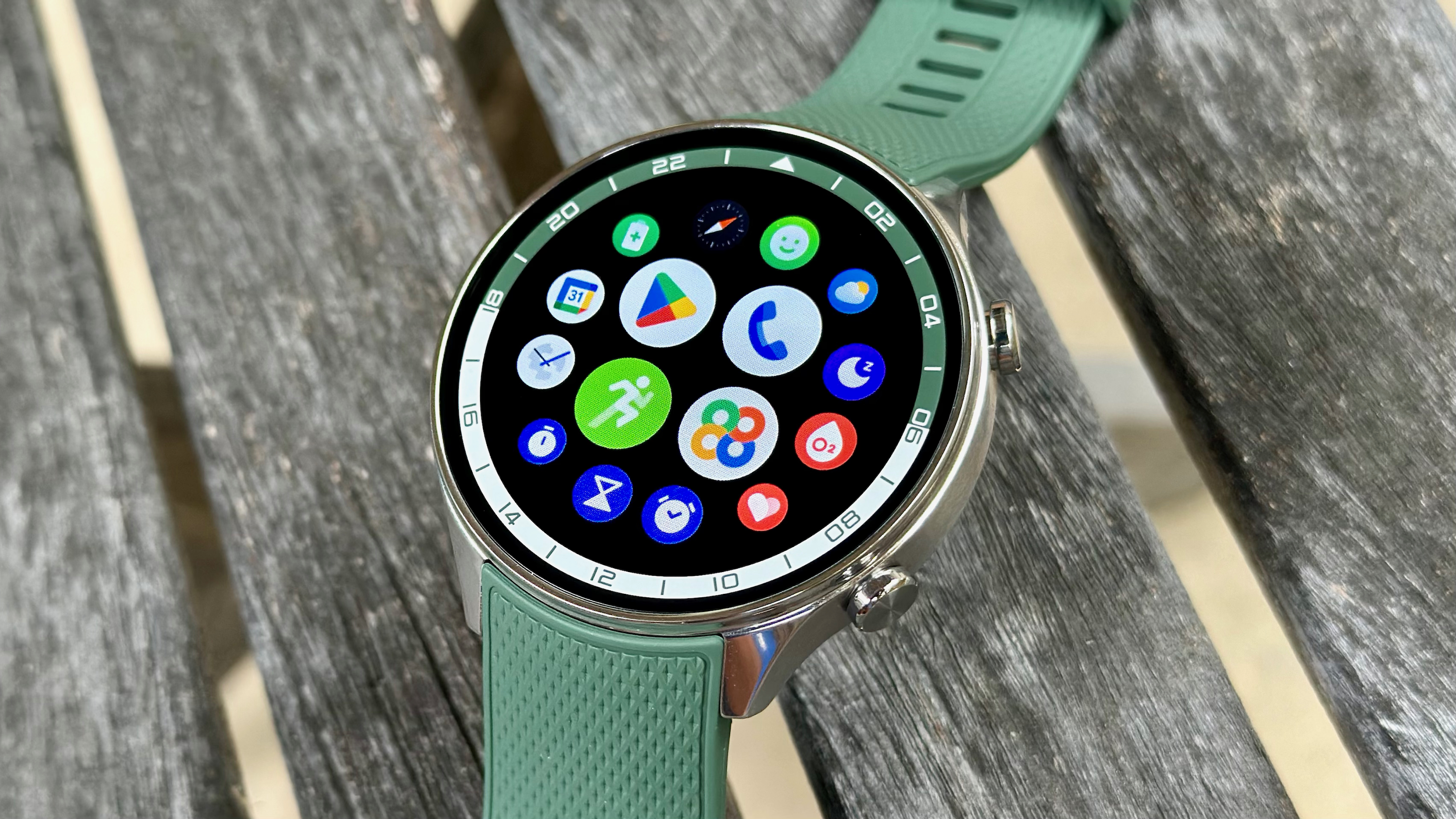Android Central Verdict
Bottom line: VR Cover's facial interface fits into the Oculus Quest well, but it makes light leak worse and needs some improvements to its design.
Pros
- +
Is compatible withs several face pads
- +
Face pads can be easily swapped thanks to velcro
- +
Can be easily removed for cleaning
Cons
- -
Increases light leak, making gameplay worse
- -
Ends of the face pads end in odd places
- -
Pricey if you want the full set
Why you can trust Android Central
Because the Oculus Quest doesn't require a phone, computer, or any external wires, you can enjoy it just about anywhere. It's a liberating VR experience housed in a well-designed headset. I have very few complaints about the Oculus Quest's design, but it can be a bit front heavy. The built-in face pad is comfortable enough, but I'm always on the hunt to try out accessories to see if they can improve my devices. VR Cover sent over several accessories, including their VR Cover Facial Interface & Foam Replacement Basic Set for Oculus Quest.
Over the last few weeks, I tried out several foam face pads for the Oculus Quest to see if any of them help the headset remain comfortable during long playing sessions. Unfortunately, some design flaws with VR Cover's facial interface left me wanting more.
What you'll like about the VR Cover Facial Interface

VR Cover aims to make the Oculus Quest more comfortable. To use the system, you pop out the stock facial cover and swap in a mold from VR Cover that has velcro on the back. The mold fits into the Oculus Quest well, lining up with all of the headset's indents and holes to make sure it securely attaches. You can then swap out several face pads using the velcro on the system. It's tremendously easy to swap out different face pads. The best part about the design is that you don't have to remove the mold, so holes don't loosen over time.
The basic set includes a facial interface, a standard foam face pad, and a comfort foam face pad. I also tested the slim foam face pad that can be ordered separately. The different face pads have different levels of padding, helping you find the right fit. Cheekbones vary from person to person, so you'll probably have to try out each pad to ensure you have the right fit.
The face pads are vegan-friendly "leather" and are easily wipeable. You can pull off a cover, wipe it down, and place it back on the headset to keep your headset free from sweat.
What you may dislike about the VR Cover Facial Interface

VR Cover is a great idea. I'm always in favor of having options for devices, and I like that VR Cover works with several face pads. The issue is that VR Cover is two steps forward and one step back. While the swappable nature of the covers is nice, I have some issues with their design that hold me back from using them past this review.
VR Cover's faceguards just kind of, end. The stock Oculus Quest cover wraps all the way around your face with one continuous piece. In contrast, VR Cover's face pads look more like the letter "C." As a result, they feel like they're poking around and out of place. Even if you velcro them down in the right spot, it's still very clear that they end abruptly instead of continuing through the nose of the facial interface.
Get the latest news from Android Central, your trusted companion in the world of Android
VR Cover doesn't sell a nosepiece, so you're out of luck if light leak is important to you.
The face pads ending in an odd way wouldn't be such a big deal if you couldn't see or feel that this occurred. But the VR Cover face pads leave an even bigger gap around your nose than the stock facial interface. This might be to reduce fogging up the lenses or to ensure you don't bump into the nosepiece, but the end result is a gaping hole around your nose. I tried several face pads, including the slim option, but all of them have a very noticeable nose gap. As far as I can tell, VR Cover doesn't sell a nosepiece, so you're out of luck if light leak is important to you.
On top of these issues, VR Cover's facial interface isn't exactly cheap. The basic set costs $29, but you'll have to spend an additional $19 if you want a slim face pad. If you want an additional cover that helps reduce sweat, that costs another $19. As a quick aside, I actually really like the headstrap foam pad from VR Cover and will review that separately.
Should you buy the VR Cover Facial Interface?

VR Cover's facial interface system has some nice things going for it. It fits well into the Oculus Quest, allows you to easily swap out several face pads, and is easy to clean. Unfortunately, some design flaws let the rest of the system down. The covers make light leak even worse than the stock facial interface, and the odd decision to have the face pads end rather than be one continuous piece hurts the overall design of the system. It's a shame because I want to be able to recommend accessories to make the Oculus Quest better, but I can't honestly say that this system is better than what comes with the headset.
3 out of 5
I'm currently testing a wide range of Oculus Quest accessories, so make sure to check back in to see which accessories are worth adding to your Oculus Quest.



